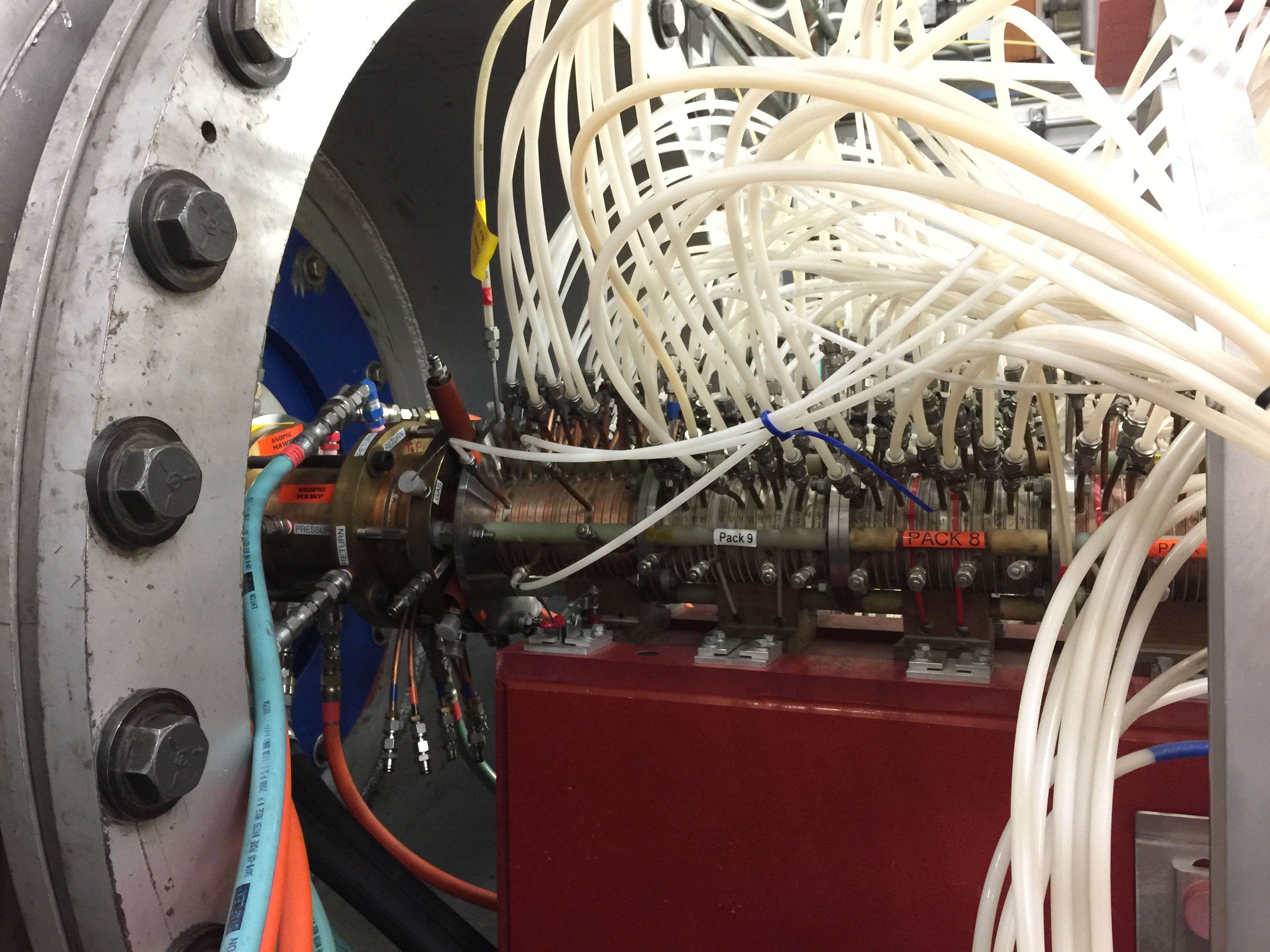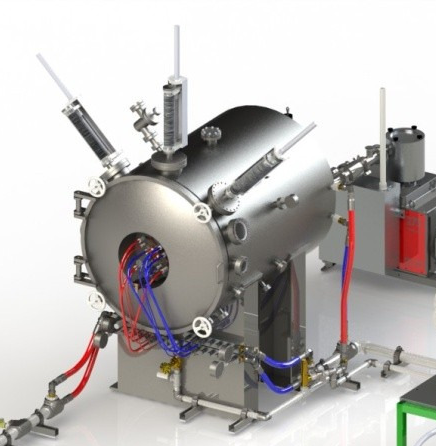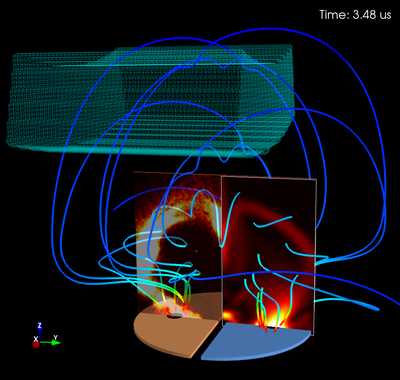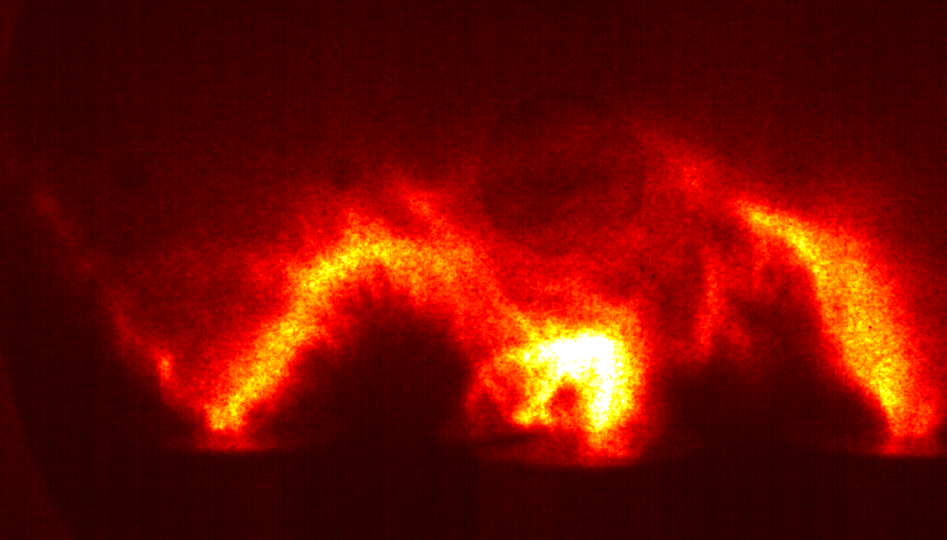




Coded aperture imaging is a technique used for imaging high-energy x-rays which cannot be focused or reflected. It was developed to overcome the inherently low signal to noise ratio imposed by pinhole imaging. The technique can be described as a multiplexed pinhole camera with many apertures superimposing shifted images on the detector. Given an appropriate set of apertures, the detected signal can be inverted, giving an image with n times the signal of a single pinhole aperture. The coded aperture technique has been used for x-ray imaging in astronomy for many years, however, it has yet to be adopted in laboratory experiments. For more information read my paper.

This is a new type of magnetic probe designed to measure B and J vectors at a single location. The probe consists of four 3-axis, high speed, B-dot clusters arranged in a tetrahedron and is designed to measure waves generated from fast magnetic reconnection events in the Caltech jet experiment. The probe has 24 channels, a noise rejection of 70 dB and is digitized at 100 MHz. This work is motivated by Ref. [1], which provides a method to solve for the wave dispersion, k(w), given simultaneous measurements B and J fluctuations at the same location. [1] Revised Single-Spacecraft Method for Determining Wavevector k and Resolving Space-time Ambiguity, P. M. Bellan JGR (2016)

Development of a new 3D MHD simulation of the Caltech solar loop experiment. The simulation uses the MHD solver module from the Los Alamos COMPutational Astrophysics Simulation Suite (LA-COMPASS) to evolve B, v, ρ, and P on a Cartesian grid using the dimensionless ideal MHD equations. Initial conditions for ρ, v , and B are scaled to experimental measurements and pressure is calculated assuming constant temperature. To replicate the boundary conditions from the electrodes, poloidal flux is injected into the domain to match the experimentally measured current. A heavy, cold wall is added at the base plane to provide anchoring of the footpoints and simulate the effect of the surrounding metal. The resulting simulation has excellent agreement with experimental observations in shape, velocity, and magnetic field. Analysis of axial flow and shock propagation also agree with observation and theory. In addition to validating the simulation, this agreement with experiment gives confidence that the essential physics of the experiment is well characterized. Since non-uniform initial density and various boundary fluxes (e.g. mass, helicity) are critical to accurately modeling the experiment, it is likely that similar detail is necessary for modeling solar loops and solar eruptions.

The double loop experiment creates two flux ropes which collide and merge. I have developed a suite of diagnostics on this experiment and mapped the time-dependent vector B-field in 3D. These 3D B-field measurements verified a proposed magnetic mechanism for axial flows driven by gradients in axial current density and could explain the preponderance of overdense solar loops. For more see the paper.